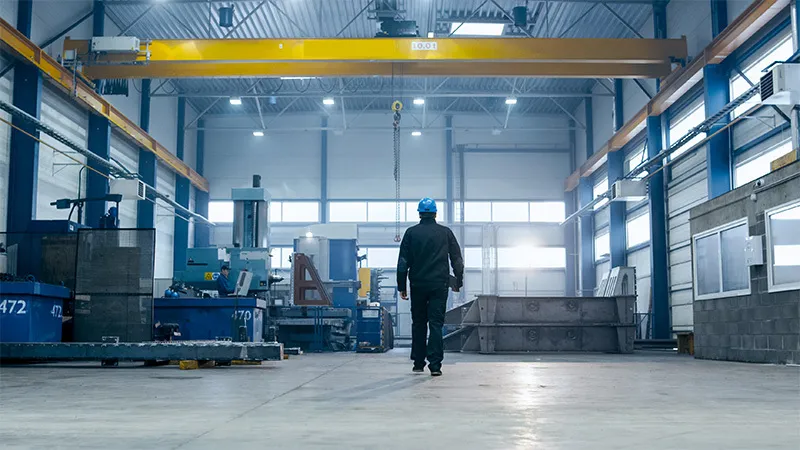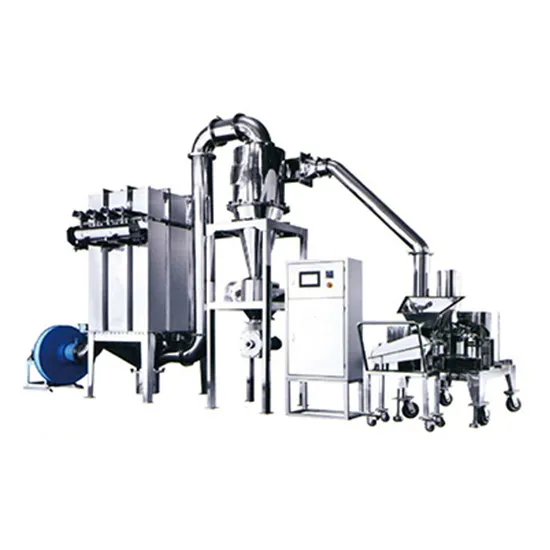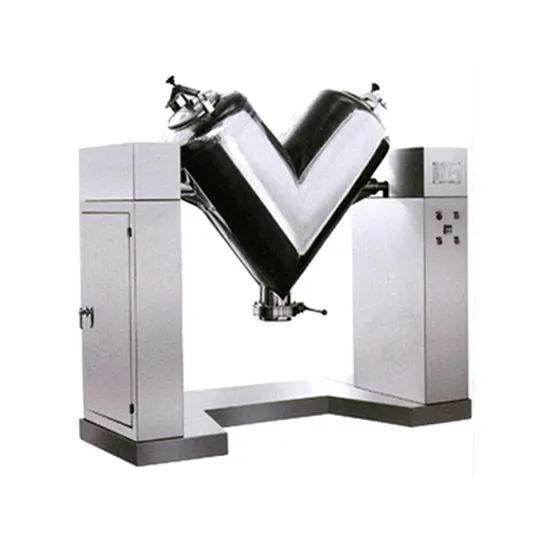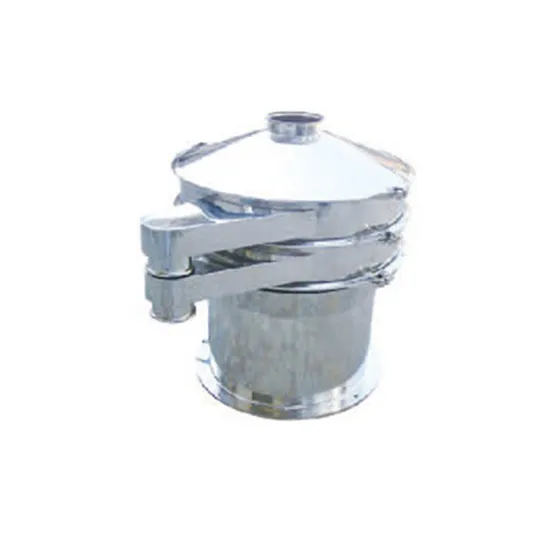NEWS
Sifter Machine: An Essential Equipment for Manufacturing and Processing
Oct 28,2023
Introduction:
In the realm of manufacturing and processing machinery, a crucial equipment known as the sifter machine plays a significant role in the crushing and sorting processes. This article explores the importance and functionality of sifter machines, shedding light on their contributions to the industry.
1. Understanding Sifter Machines:
Sifter machines, also known as sieving machines or separators, are utilized in various industrial sectors, especially in the manufacturing and processing machinery industry. These machines are designed to separate and classify particles based on their size, ensuring a consistent and high-quality final product.
2. Importance of Sifter Machines:
a. Enhancing Efficiency: Sifter machines significantly improve the efficiency of manufacturing and processing operations by effectively separating materials based on their particle size. This ensures that only the desired particles proceed further in the production process, eliminating unnecessary materials.
b. Quality Assurance: By eliminating oversized or undersized particles, sifter machines contribute to maintaining product quality standards. They ensure that the final product meets the required specifications, resulting in enhanced customer satisfaction.
c. Increased Productivity: Sifter machines aid in streamlining production processes by automating the separation and classification tasks. This leads to increased productivity as the machines can handle large volumes of materials, reducing manual labor and time consumption.
3. Functionality of Sifter Machines:
a. Separation: Sifter machines employ various mechanisms such as vibrating screens, rotating drums, or reciprocating sieves to separate particles based on their size. The materials are fed into the machine, and the sieves or screens allow only particles of the desired size to pass through.
b. Classification: Sifter machines not only separate particles but also classify them into different size fractions. This classification enables the subsequent processes to handle the materials more effectively and efficiently.
c. Deagglomeration: In addition to separating and classifying particles, sifter machines also aid in deagglomeration. They break down clumps or aggregates of particles, ensuring a homogeneous and uniform feed for further processing.
4. Applications of Sifter Machines:
Sifter machines find applications in various industries, including but not limited to:
- Food processing: Separating flour, sugar, spices, and other 香蕉传媒 ingredients.
- Pharmaceutical: Classifying powders, removing impurities, and ensuring dosage accuracy.
- Chemical: Separating and sorting chemical powders or granules.
- Mining: Sorting and classifying minerals, ores, and aggregates.
- Recycling: Separating recyclable materials based on size and composition.
To conclude, sifter machines play an indispensable role in the manufacturing and processing machinery industry. Their ability to efficiently separate, classify, and deagglomerate particles contributes to enhanced efficiency, improved product quality, and increased productivity. By incorporating sifter machines into their operations, businesses can optimize their manufacturing processes and deliver superior products to their customers.
In the realm of manufacturing and processing machinery, a crucial equipment known as the sifter machine plays a significant role in the crushing and sorting processes. This article explores the importance and functionality of sifter machines, shedding light on their contributions to the industry.
1. Understanding Sifter Machines:
Sifter machines, also known as sieving machines or separators, are utilized in various industrial sectors, especially in the manufacturing and processing machinery industry. These machines are designed to separate and classify particles based on their size, ensuring a consistent and high-quality final product.
2. Importance of Sifter Machines:
a. Enhancing Efficiency: Sifter machines significantly improve the efficiency of manufacturing and processing operations by effectively separating materials based on their particle size. This ensures that only the desired particles proceed further in the production process, eliminating unnecessary materials.
b. Quality Assurance: By eliminating oversized or undersized particles, sifter machines contribute to maintaining product quality standards. They ensure that the final product meets the required specifications, resulting in enhanced customer satisfaction.
c. Increased Productivity: Sifter machines aid in streamlining production processes by automating the separation and classification tasks. This leads to increased productivity as the machines can handle large volumes of materials, reducing manual labor and time consumption.
3. Functionality of Sifter Machines:
a. Separation: Sifter machines employ various mechanisms such as vibrating screens, rotating drums, or reciprocating sieves to separate particles based on their size. The materials are fed into the machine, and the sieves or screens allow only particles of the desired size to pass through.
b. Classification: Sifter machines not only separate particles but also classify them into different size fractions. This classification enables the subsequent processes to handle the materials more effectively and efficiently.
c. Deagglomeration: In addition to separating and classifying particles, sifter machines also aid in deagglomeration. They break down clumps or aggregates of particles, ensuring a homogeneous and uniform feed for further processing.
4. Applications of Sifter Machines:
Sifter machines find applications in various industries, including but not limited to:
- Food processing: Separating flour, sugar, spices, and other 香蕉传媒 ingredients.
- Pharmaceutical: Classifying powders, removing impurities, and ensuring dosage accuracy.
- Chemical: Separating and sorting chemical powders or granules.
- Mining: Sorting and classifying minerals, ores, and aggregates.
- Recycling: Separating recyclable materials based on size and composition.
To conclude, sifter machines play an indispensable role in the manufacturing and processing machinery industry. Their ability to efficiently separate, classify, and deagglomerate particles contributes to enhanced efficiency, improved product quality, and increased productivity. By incorporating sifter machines into their operations, businesses can optimize their manufacturing processes and deliver superior products to their customers.
More News










